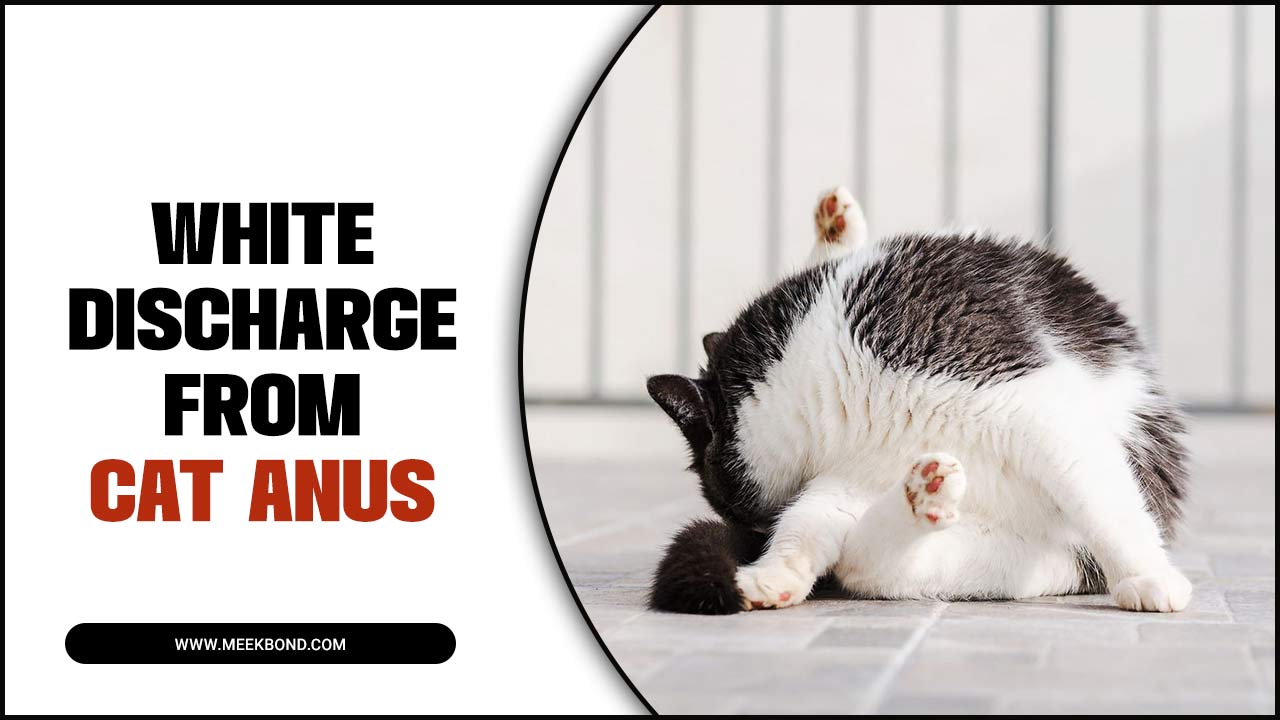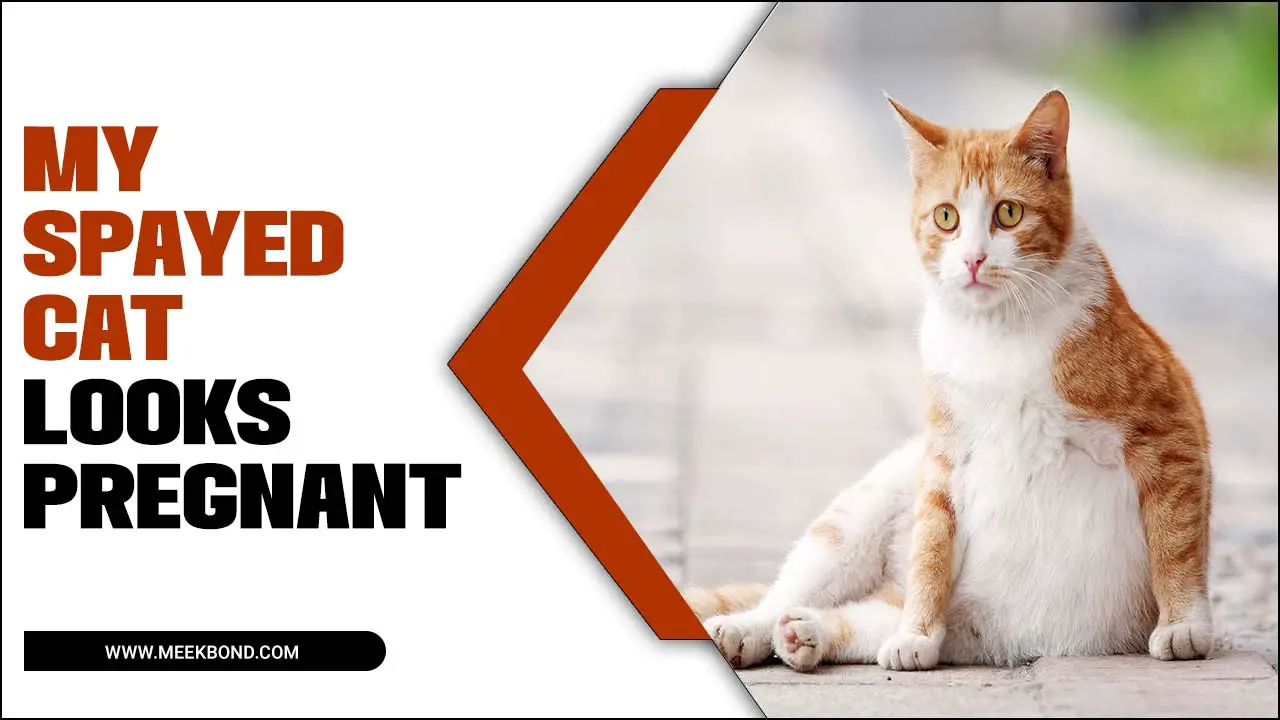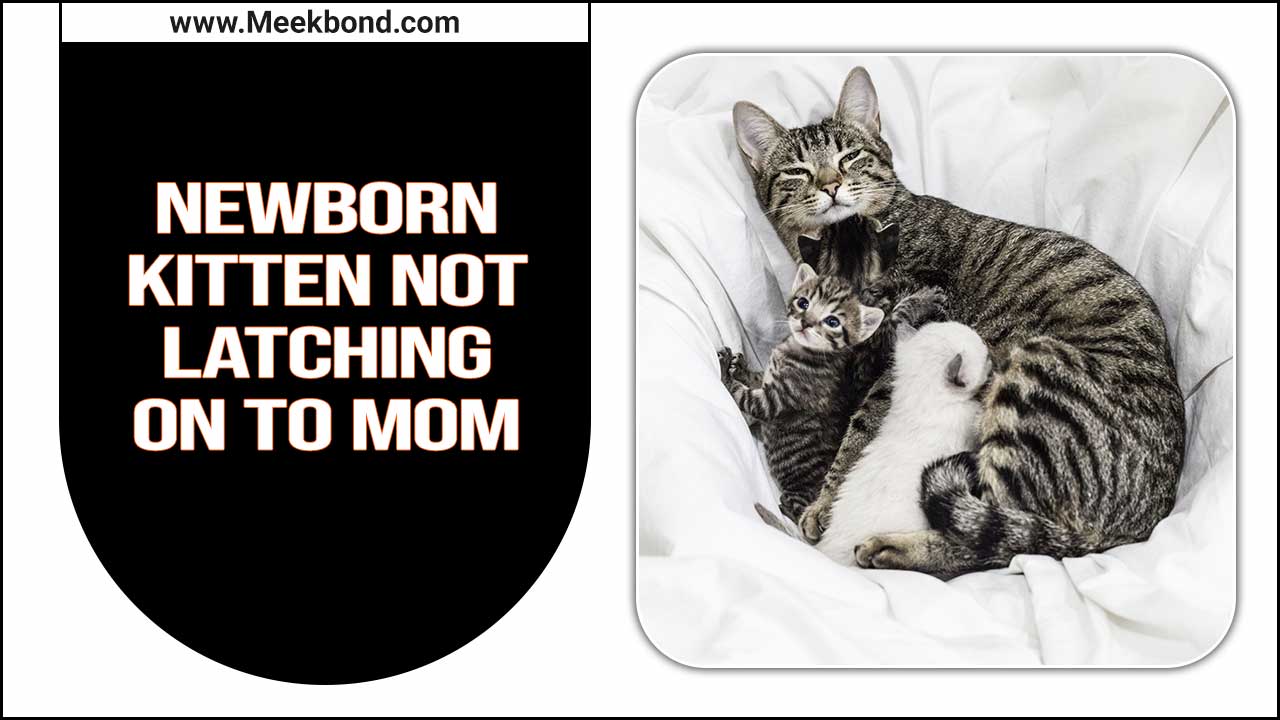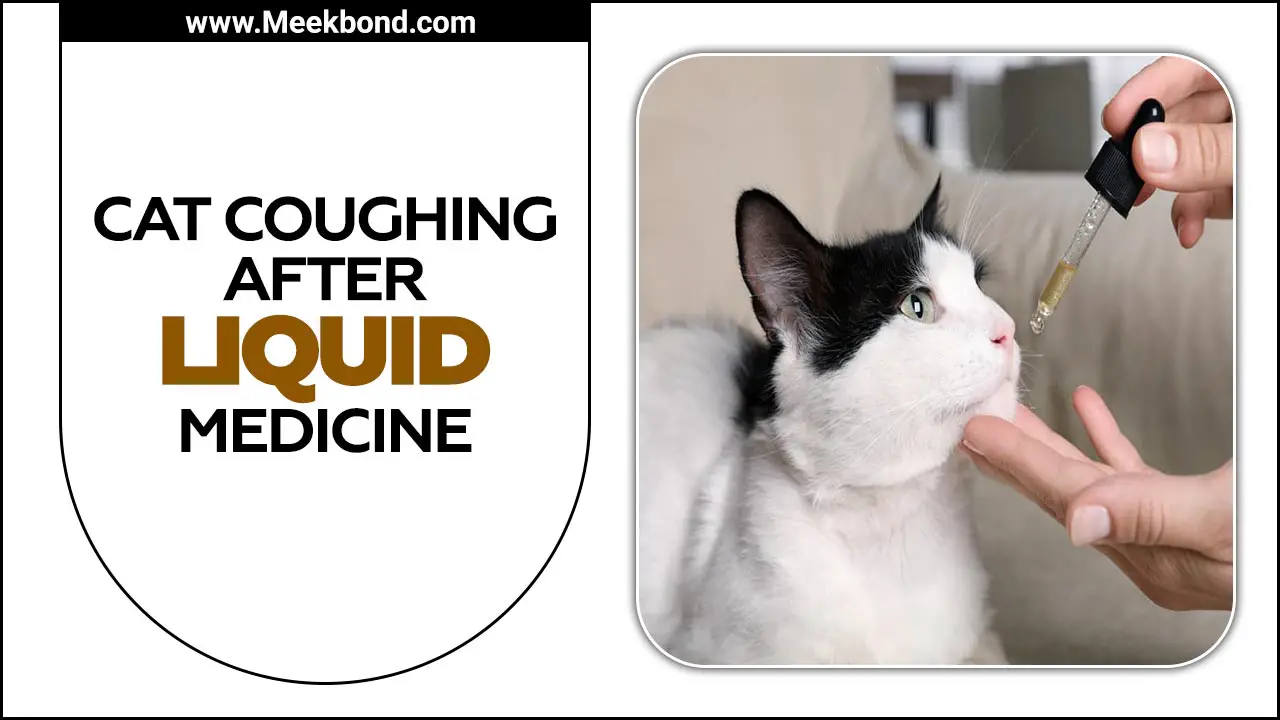Cats are often considered to be very clean animals. However, cats can have fleas. And, while cat flea treatment is a necessary part of caring for your pet, the impact of treating your cat for fleas needs to be monitored closely.
Flea treatment is an important part of keeping your cats healthy and comfortable. However, after treating your feline friends for fleas, it is important to separate them for some time to ensure that the treatment is effective and to prevent the spread of fleas.
The length of time you should separate your cats after flea treatment can vary depending on the type of treatment used and the severity of the infestation. Here, we talk about how long to separate cats after flea treatment.
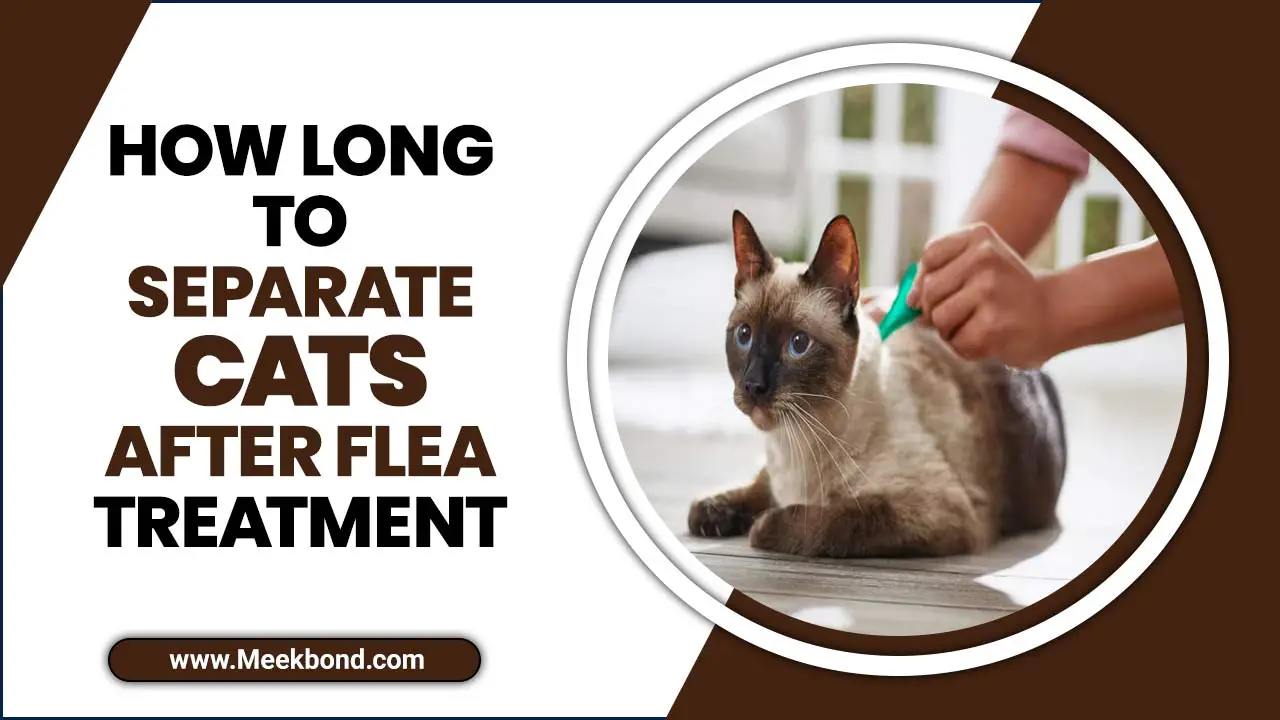
Signs Of Flea Control Product Toxicity In Cats
After treating your cats for fleas, it is important to separate them for a certain period of time to ensure their safety. It is crucial to follow these instructions carefully to avoid any potential toxicity in your cats. Signs of flea control product toxicity in cats can vary but may include excessive drooling, eye irritation, vomiting, diarrhea, tremors, or seizures.
Some commonly used products for flea control in cats include Advantage “spot-on” products and effective products that target adult fleas and their eggs. It is also worth noting that using multiple flea control products in combination can increase the risk of toxicity, so be sure to consult your veterinarian before using multiple products on your cats simultaneously. Common signs of toxicity can include neurological signs such as:
- Tremors
- Seizures or difficulty walking.
- Vomiting
- Diarrhea
- Excessive drooling
- Tremors or seizures
- Difficulty breathing
- Uncoordinated movements
- Loss of appetite
- Lethargy or weakness
- Agitation or restlessness
- Pale gums or mucous membranes
How Long To Separate Cats After Flea Treatment?Explained!
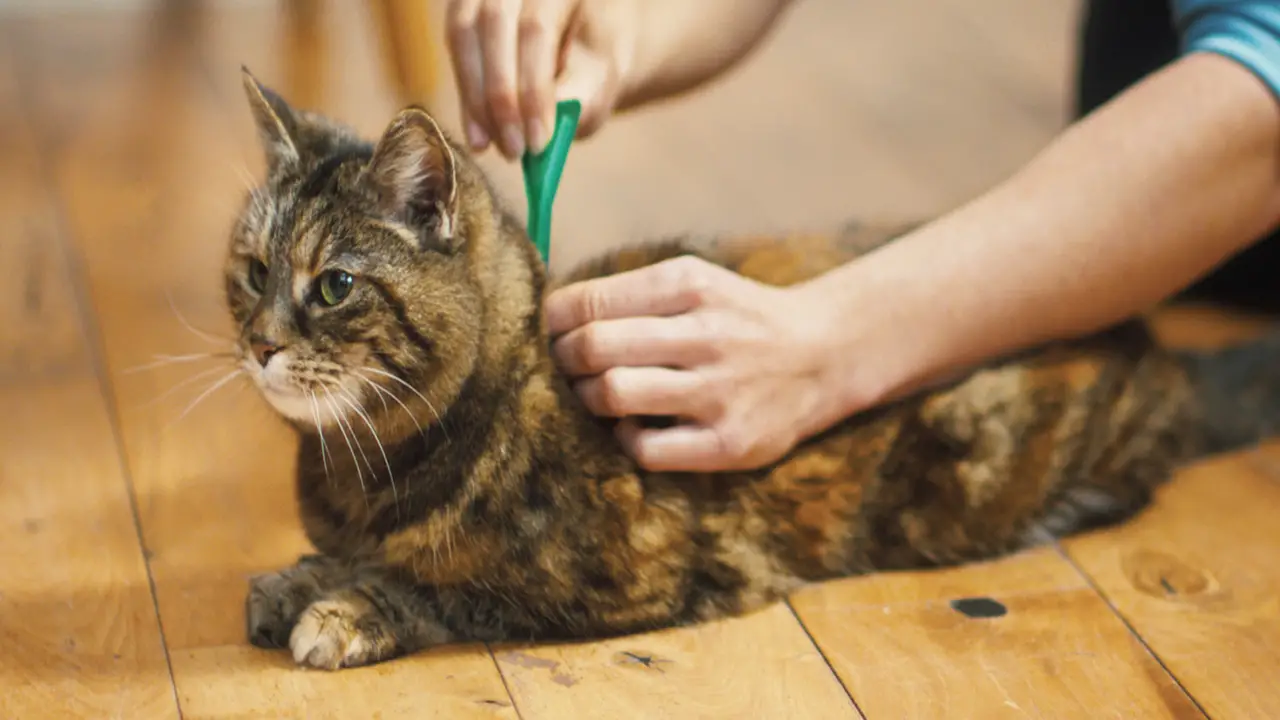
Regarding treating your cat for fleas, one of the most important questions to ask is how long it takes to separate cats after flea treatment. The answer to this question will depend on the type of flea treatment you use and the specific product’s instructions.
This can help to ensure that the treatment is effective and that the medication does not transfer to other pets or humans. On the other hand, if you use an oral flea treatment, such as Cap Star or Comfortis. The medication is typically metabolized and excreted from your cat’s system within 24-48 hours. In these cases, you may not need to separate your cat from other pets or family members.
Flea product toxicity in cats can cause serious harm. So, taking all the necessary precautions for protection against fleas when treating your cat is important. While the best way to protect your cat from fleas is prevention, proper treatment, and monitoring are essential for keeping your feline friends healthy and comfortable. Using a flea shampoo to bathe your cat may also assist in eliminating fleas.
Why Is It Important To Separate Cats After Flea Treatment?
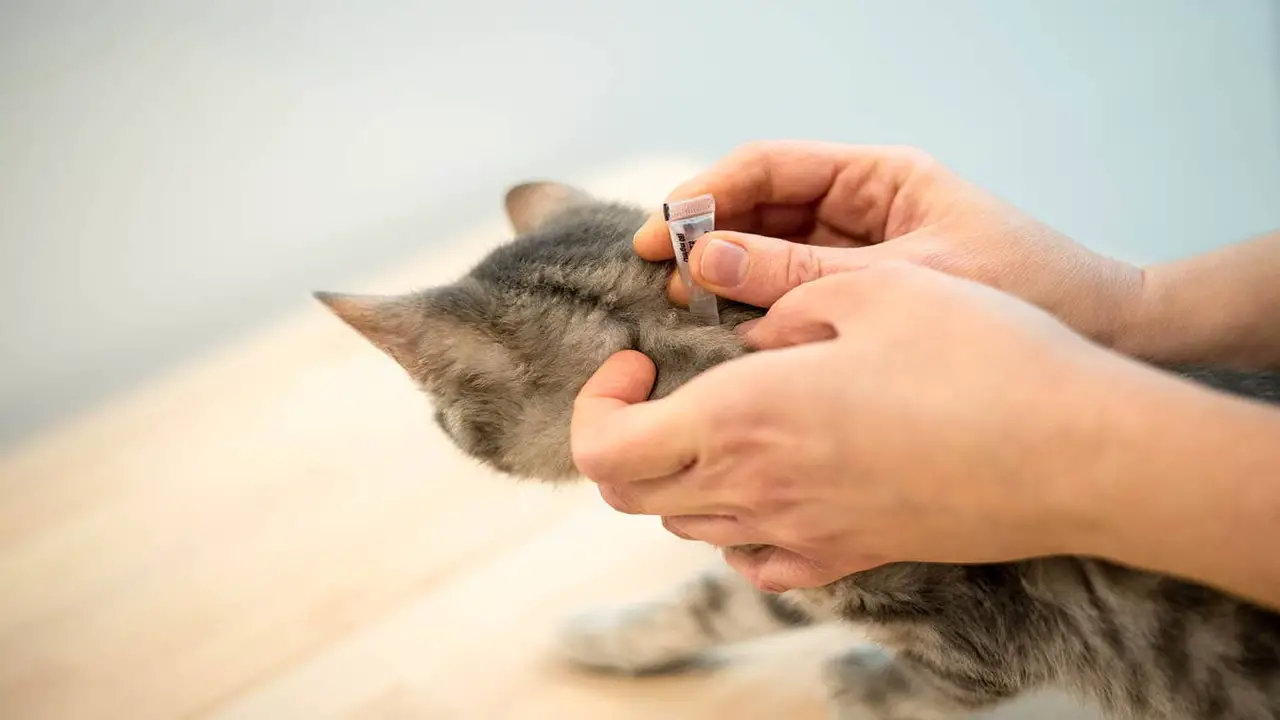
After flea treatment, it is important to separate cats for a few reasons. Firstly, the medication used to treat fleas can be toxic if ingested by other animals. Separating the treated cat from other pets can prevent accidental ingestion and potential harm.
Additionally, the treated cat may still have active fleas or egg and flea larvae on their fur immediately after treatment. Allowing them to roam freely with other cats can result in reinfestation and undermine the effectiveness of the treatment.
Lastly, separating cats after flea treatment allows you to monitor the treated cat for any adverse reactions or side effects according to the manufacturer’s instructions. You can ensure their health and well-being during this critical time.
Do Different Types Of Flea Treatment Affect Separation Time?
Regarding flea treatment for your pet, the type of treatment you choose can impact separation time. There are various options available, including collars, liquids, and tablets. Collars are popular as they provide a long-lasting solution, typically lasting for around eight months.
However, it is important to note that some collars may need to be removed during certain activities or if exposed to excessive moisture. Liquids and oral flea medications are also effective flea treatment methods but may require more frequent application.
Ultimately, the choice of flea treatment type should be based on your pet’s specific needs and lifestyle. It is always best to consult your veterinarian to determine the most suitable option for your furry friend.
Can Your Cat Go Outside After Having Flea Treatment?
After applying flea treatment to your cat, it is important to follow the instructions provided by the product manufacturer. Most flea treatments require you to keep your cat indoors for a certain period after application.
This allows the treatment to fully absorb into their skin, effectively killing fleas and preventing re-infestation. The specific length of time may vary depending on the type of flea product. So be sure to read and follow the instructions carefully. Additionally, it is always a good idea to consult your veterinarian for specific recommendations or guidelines for your cat’s needs.
How Long Does Flea Medicine Take To Dry On Cats?
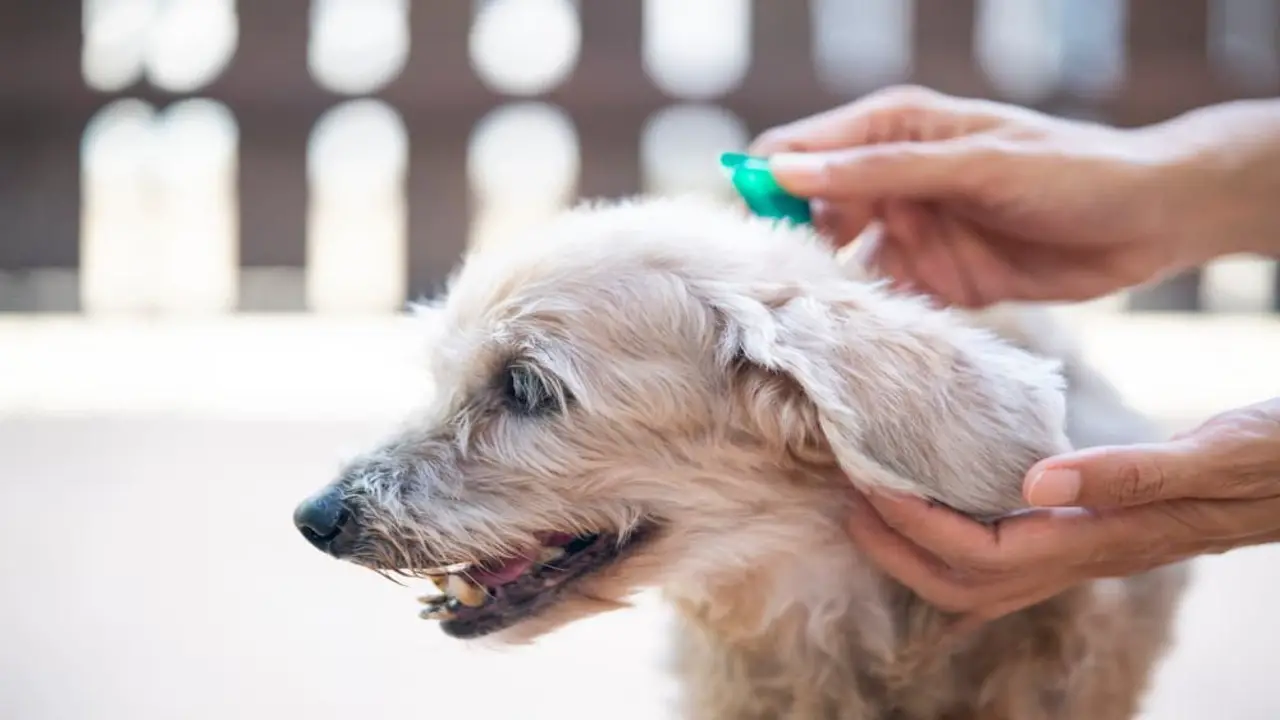
After applying flea medicine to your cat, it is important to allow the product to fully dry before allowing your cat to go outside. The drying time can vary depending on the specific brand and type of flea treatment you are using. Generally, it is recommended to wait at least 24 hours before allowing your cat to go outside after applying flea prevention medicine.
This will ensure the product has had enough time to fully dry and be absorbed into your cat’s skin, providing maximum effectiveness in combating fleas. Additionally, some flea treatments may taste bitter, which can cause discomfort if ingested by your cat. It is important to monitor your cat and discourage them from licking or grooming the treated area until the product has dried completely.
Can Cats Be Trusted After Flea Treatment?
Yes, cats can be trusted after flea treatment. Flea treatments are typically safe for cats and are designed to kill fleas and prevent them from re-infesting your cat’s fur. Once the treatment has been applied and fully dries, it is generally safe to trust your cat.
However, there may still be residual medication on their fur that could cause discomfort if ingested. It is important to monitor your cat, discourage them from licking the treated area, and ensure they do not contact other animals until after the product has dried completely.
Before cat flea treatment, the amount of live animal larvae or eggs your cat can shed is extremely low. Cat fleas are highly sensitive to insecticides and pesticides like pyrethrum (the active ingredient in certain insecticidal aerosols).
And diatomaceous earth (DE) dust; use foggers or electric-field spotters to kill off insects before they get on your cat and other methods, as a result of your cat’s highly compromised health from flea infestation. The chances of needing to treat it again are relatively low if you attempt it. Using flea shampoo to bathe your cat can be effective in getting rid of fleas.
Some fleas may survive the treatment or become resistant to certain chemicals over time. Therefore, it is recommended to separate your cats for a few hours or days after flea treatment to monitor their behavior and check for any signs of lingering fleas. This will allow you to determine if further action or additional treatments are necessary. It’s always better to be cautious and protect your cats against these pesky critters.
Cat Flea Treatment Methods
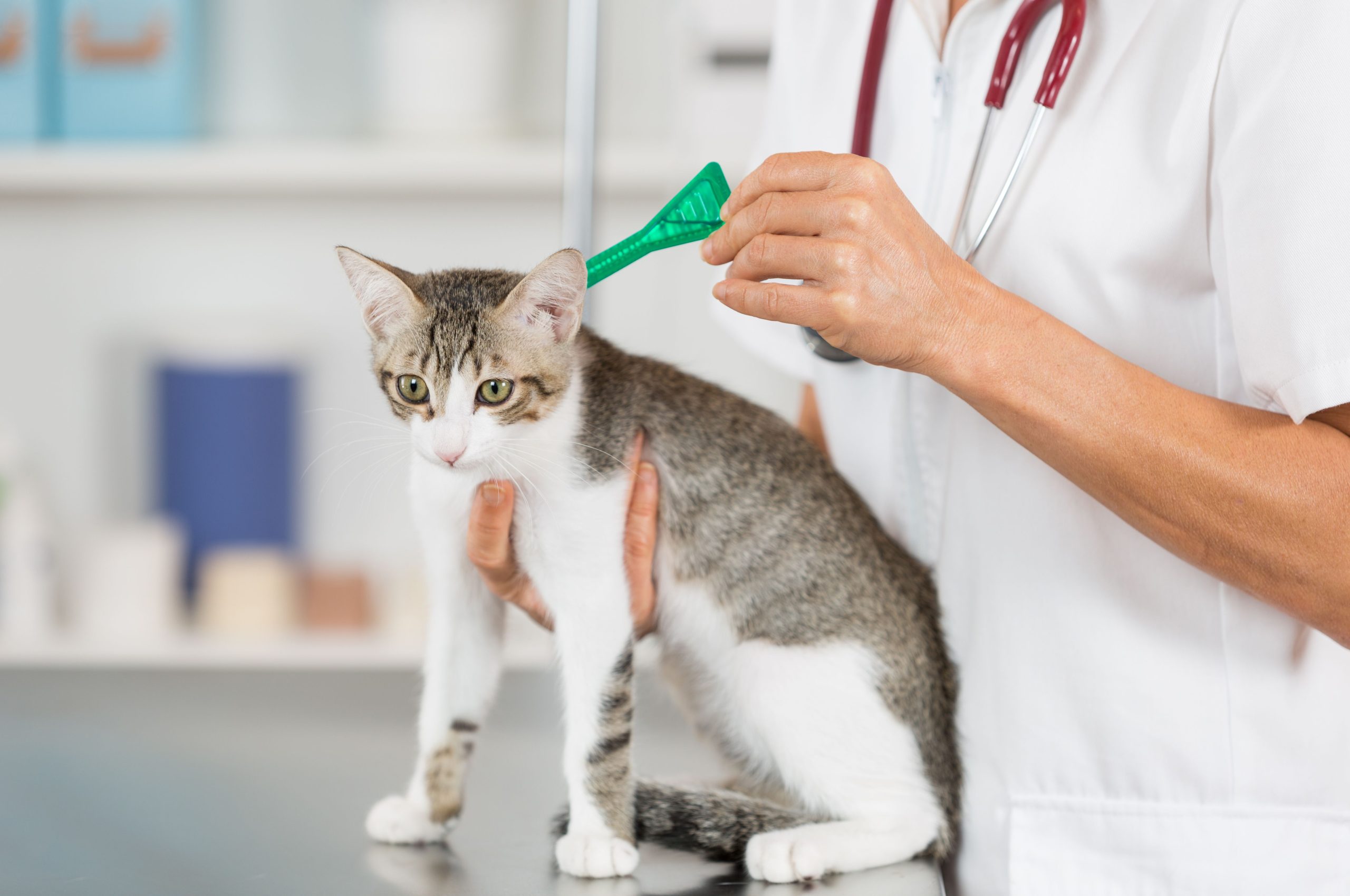
Cat flea treatment methods vary depending on the severity of the infestation. Over-the-counter flea preventatives are generally effective in cases of low to moderate infestations. These products can be found in liquid or pill form and usually contain an insect growth regulator (IGR) that interrupts the life cycle of fleas and prevents eggs from hatching. For more severe infestations, a veterinarian may prescribe topical or injectable medications.
It is also important to remember to clean your cat’s environment thoroughly and frequently to reduce the risk of re-infestation. You should vacuum regularly, wash bedding and pet toys in hot water, mop floors, and treat your home with flea sprays or powders. This will help ensure that any surviving fleas cannot reproduce and reinfest your cat.
Cat flea treatment remains a controversial topic among animal lovers. But one thing is sure: cat fleas still threaten pet psyches every dawn. Thankfully, identification, control, and prevention products have steadily grown these past few years.
As more people recognize that having cats around won’t result in keeping our homes vulnerable.
- To insect-borne diseases against pets or children into a turn. In animals susceptible to infection from cat infestation, commonly known as Cat.
- Cat fleas still threaten every dawn in animals susceptible to infection from cat infestation, commonly known as Cat.
- Identification, control, and prevention have steadily grown these past few years. More people recognize that having cats around won’t result in keeping our homes vulnerable.
- To insect-borne diseases against pets or children into the turn.
Separating Cats During Flea Treatment Application
When applying flea treatment to your cats, separating them for the recommended time is important to ensure the treatment is effective and safe. The exact time will depend on your product, so carefully read the instructions before applying the treatment.
Generally, you will need to keep your cats separated for a few hours to allow the treatment to dry and fully absorb into their skin. This can help prevent them from ingesting or coming into contact with the treatment before it has worked. It may also be helpful to keep your cats separated in different rooms to prevent any potential fights or accidental contact between them.
What Happens If I Don’t Separate My Cat For Long Enough?
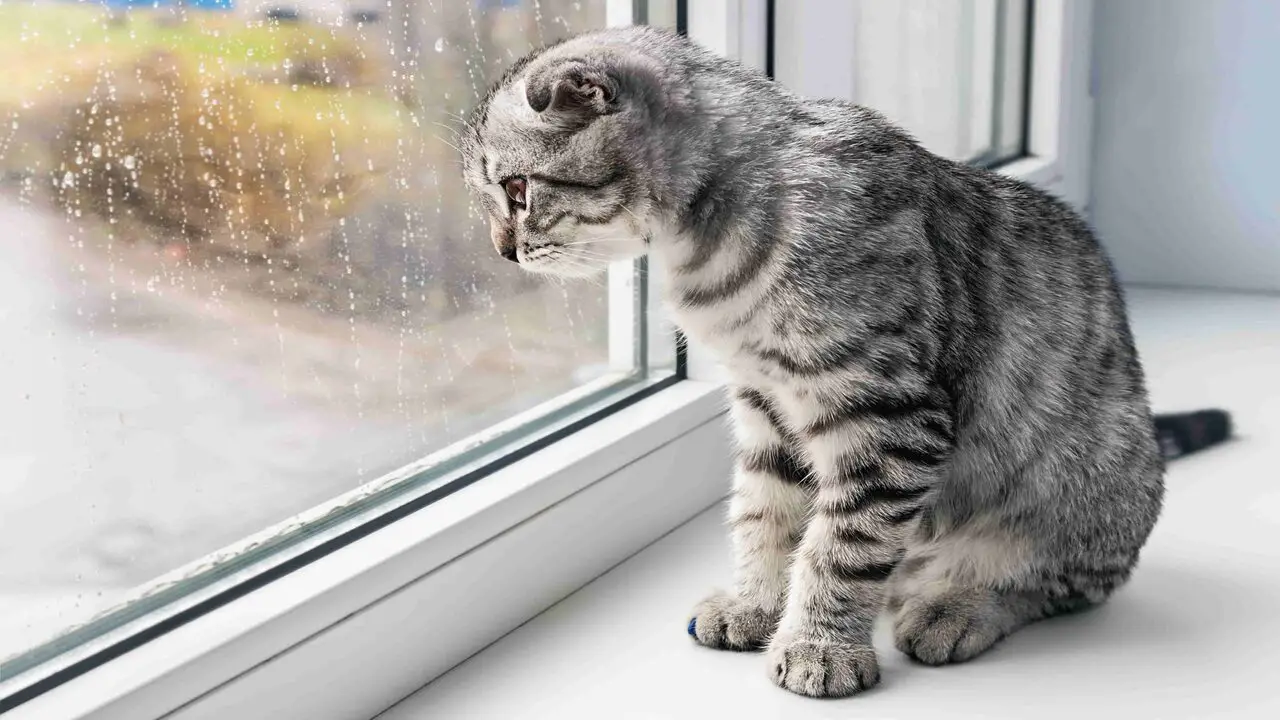
Separating cats after flea treatment is an important step to prevent the spread of fleas and ensure that your cats are fully protected. The time you should separate your cats will depend on specific instructions from your veterinarian or the product manufacturer.
However, if you don’t separate your cats long enough after flea treatment, they may still be at risk of re-infestation. This can lead to continued discomfort for your pets and potential health risks. It’s always better to err on the side of caution and follow the recommended guidelines for separating your cats after flea treatment to ensure their safety and well-being.
Other Tips For Applying Flea Treatment To Your Cat
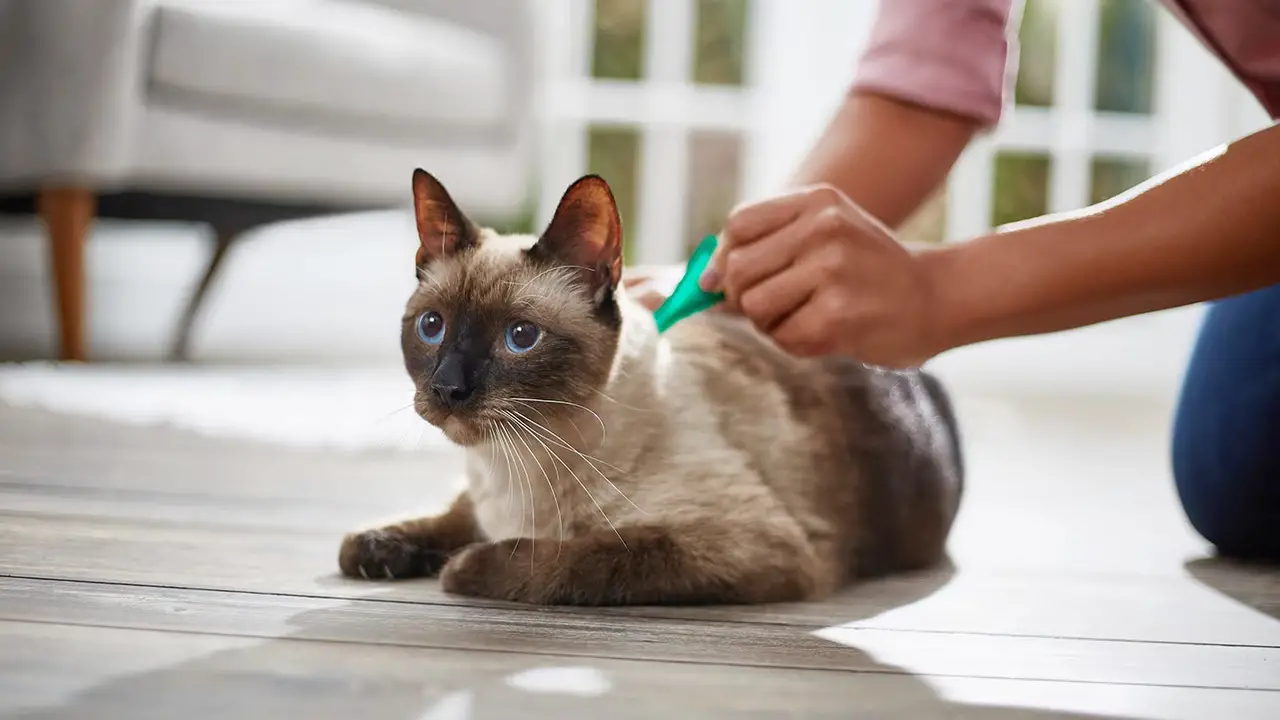
When treating your cats for fleas, following the instructions provided by the flea treatment product is important. Some products may recommend separating your cats for a certain period of time after application to prevent them from licking or grooming each other and ingesting the product.
- This is typically done to ensure the effectiveness and safety of the treatment.
- Additionally, it is important to consider other tips for applying flea treatment to your cat, such as checking for dead fleas and cleaning their environment to prevent re-infestation.
- Understanding the flea life cycle can also help you effectively manage and treat flea infestations.
- If you find that your current flea treatment is not working, it may be due to flea spray resistance in fleas. In such cases, consult your veterinarian for alternative solutions to control and eliminate fleas on your cats effectively.
Advantage For Cats: Dosage, Safety & Side Effects
It is important to separate cats after flea treatment to prevent them from licking or grooming each other and ingesting the chemicals. This can be done by keeping them in separate rooms or using baby gates to create a physical barrier between them. Monitoring their behaviour and providing individual attention and care during this time is also recommended. Here are some tips:
Dosage
When flea treatment for cats, following the instructions provided by your veterinarian or the product manufacturer is important. The recommended dosage will depend on the specific product used and your cat’s weight. It is generally recommended to separate cats after flea treatment for at least 24 hours to allow the product to dry and fully absorb into their fur.
During this time, it is important to prevent cats from grooming each other, as this could result in them ingesting the flea treatment. Additionally, be sure to monitor your cats for any signs of adverse reactions or discomfort following the flea treatment, and consult with your veterinarian if you have any concerns.
Safety
Follow the instructions on the flea treatment product carefully. Different products may have different recommended waiting times before allowing your cats to interact with each other.
Keep the treated cat separate from others in a designated area, such as a separate room or a crate. This will prevent them from grooming each other and potentially ingesting the flea treatment.
Monitor your cats closely for any adverse reactions or side effects from the flea treatment. If you notice any unusual behavior or symptoms, contact your veterinarian immediately. Consider using natural remedies or preventative measures further to protect your cats from fleas in the future.
Side Effects
Common side effects may include drowsiness, dizziness, and nausea. Some individuals may experience allergic reactions such as skin rash or difficulty breathing. Serious side effects such as increased heart rate or liver problems should be reported to a healthcare professional immediately.
It is important to follow the prescribed dosage to minimize the risk of side effects. Certain medications and medical conditions may increase the likelihood of experiencing side effects, so disclosing this information to your healthcare provider is essential.
Final Word
To summarise, there is no one-size-fits-all answer when separating cat owners after flea treatment. The length of time will depend on the type of treatment used and the specific instructions provided by your veterinarian or the product manufacturer.
Following these instructions carefully ensures your cats are safe and protected from fleas. Cat flea treatment remains a controversial topic among animal lovers. But one thing is sure: cat fleas still threaten pet psyches every dawn.
Thankfully, identification, control, and prevention have been growing these past few years as more people recognize that having cats around won’t keep our homes vulnerable to insect-borne diseases against pets or children, in turn, in animals susceptible to infection from cat infestation. We hope you know how long to separate cats after flea treatment.
Frequently Asked Questions
How Much Do I Need To Pay For Cat Flea Treatment?
The cost of cat flea treatment can vary depending on the type of product you choose and where you live. Typically, topical flea treatment can cost around $20-$30 per month, while oral treatments may be slightly more expensive.
How Long Should I Isolate My Cat After Flea Treatment?
After flea treatment, it is recommended to isolate your cat for at least hours after application, allow the treatment to dry, and minimize the risk of your cat licking or ingesting the product. Avoid petting or cuddling your cat during this time to ensure the medicine is completely dry and absorbed into the skin.
How Long Does Flea Medicine Stay In A Cat’s System?
The duration of flea medicine in a cat’s system can vary depending on the specific medication used. Some topical flea treatments can protect for up to a month, while oral medications may last up to three months. A popular flea treatment method uses a flea collar, which can protect for months.
How Does A Cat Feel After Flea Treatment?
After flea treatment, a cat may initially feel some relief from the itching and discomfort caused by fleas. However, some cats may experience mild irritation or sensitivity at the application site. It is important to carefully follow the instructions provided by the veterinarian or product label to ensure the cat’s safety and comfort with flea preventatives.
How Do Cats React After Flea Treatment?
After flea treatment, cats may show temporary reactions such as mild irritation or itching at the application site. However, these reactions are usually minimal and short-lived. Cats should start experiencing relief from fleas within a few hours to a few days after treatment, as the treatment begins to eliminate the fleas and their eggs from the cat’s fur.

Aquarium passion is all about connecting with the aquatic life and providing education to the public on the importance of these creatures. We showcase a wide variety of marine life through our exhibits as well as working with schools to provide unique learning opportunities for students of all ages.

